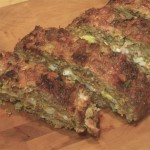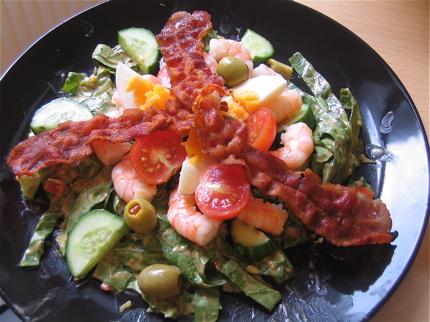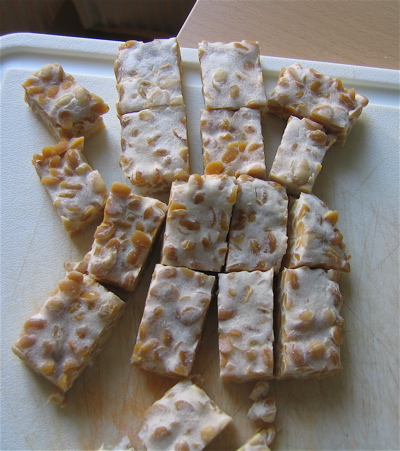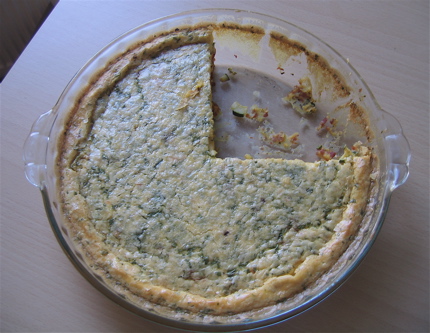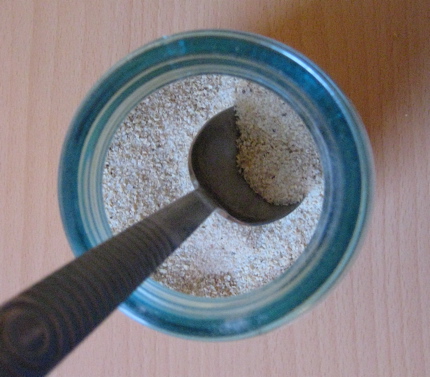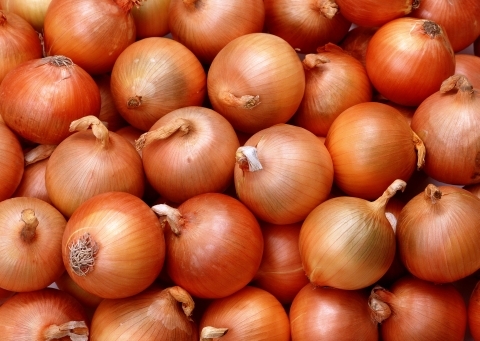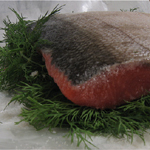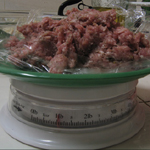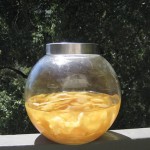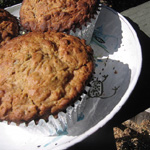Glass Encrusted Pork Chops
1 pyrex baking dish
2 succulent, free range pork chops (you’ll probably have to scour multiple local farmer’s markets to find these)
1 small head of garlic, cloves separated but skin left on
Olive Oil
Salt & Pepper
1/2 c. dry white winePreheat oven to 425. Place pyrex baking dish in the oven so it will preheat as well. It’s important to use a pyrex dish to get the proper glass shard crust on the pork.
Heat a skillet over medium high heat, add olive oil, then whole garlic cloves and saute for about 5-6 minutes, until golden brown spots start to appear. Remove cloves from oil and drain on a paper towel. Add pork chops to pan and cook for about 4 minutes per side, until starting to turn golden brown and making your mouth water.
Using tongs, transfer pork chops to preheated dish in oven and sprinkle garlic cloves over the top. Deglaze hot skillet with wine, and bring to a boil Reduce by half.
Once deglazing liquid has reduced, pour over pork chops and pan. Watch pyrex pan EXPLODE before your very eyes, adding a dangerous yet crunchy glass crust to your succulent, free range, hard to find pork chops…. Get over shock of the explosion, then clean up glass shards that can be found all over the kitchen. Order a pizza from your local pizza joint, drink a glass of wine, and lament the loss of your pork chops.
* * * * * * * * * * * * * * * * * * * *
POP-CHINK! That’s the sound the pyrex pie dish made when it exploded all over my dinner..
Though I lost my dinner, I did learn a valuable lesson about pyrex baking dishes — they are sensitive to heat differentials! After a quick google search on ‘boiling liquid makes preheated pyrex explode’ I came across the following explanation of exploding pyrex :
Pyrex is made of glass. When glass changes temperature rapidly it can undergo “thermal shock.”
The text book definition of thermal shock is: “Stress produced in a body or in a material as a result of undergoing a sudden change in temperature.”
When a Pyrex bowl is heated or cooled rapidly, different parts of the bowl expand or contract by different amounts, causing stress. If the stress is too extreme, the bowl’s structure will fail, causing a spectacular shattering effect. <— yes, it sure will (Jen’s comment)
The main way to avoid this effect is to be mindful of how quickly you change the temperature of Pyrex. Stove tops and broilers conduct heat quickly, and will likely cause the bowls to fail. Taking a bowl directly from the freezer and putting it into a hot oven might also trigger breakage.
Also, pouring 212 degree liquid into a 425 degree pyrex pan may cause it to explode…
So, I guess I’m in the market for a new pie pan. I’m obviously going to avoid Pyrex — at this point, it seems it’s just a brand name rather than a stamp of quality. According to the same website as above:
Pyrex bowls were originally made of something called borosilicate glass, which is very resistant to thermal shock. Currently, Pyrex is made of soda-lime glass, presumably as a cost-cutting measure, as soda-lime glass is very inexpensive. Also, Pyrex is no longer made by the original manufacturer, and is essentially a brand name, rather than a material.
I’m thinking Le Creuset — do you have any other suggestions?
« Summer Squash and Roasted Tomato Timbales | Home | Quick Citrus Pickled Red Onions »
